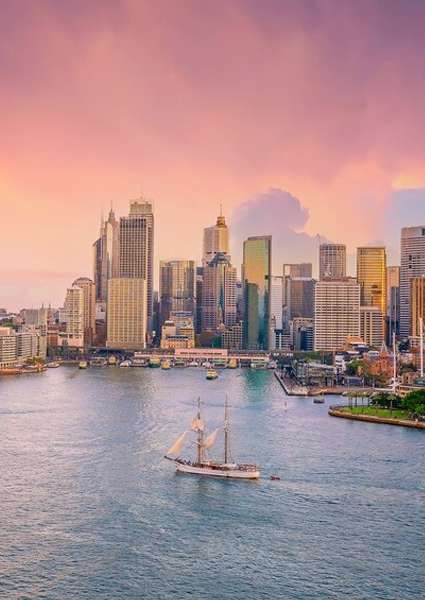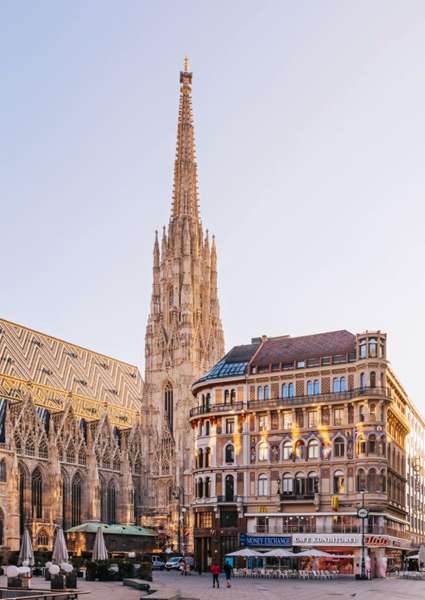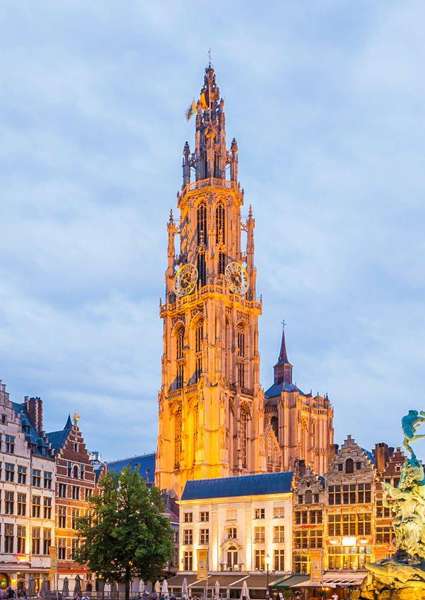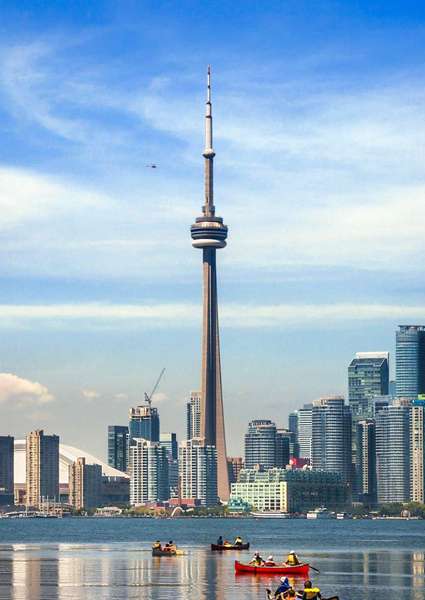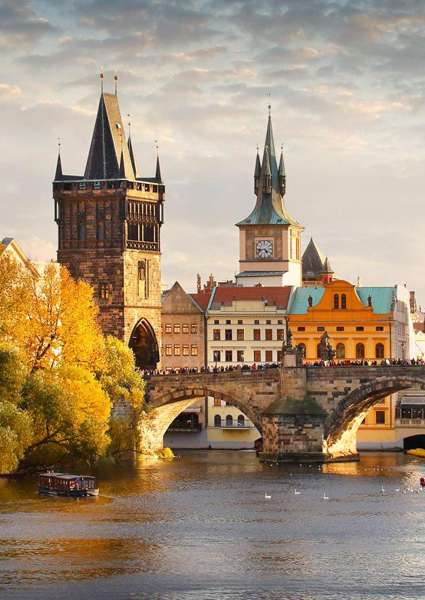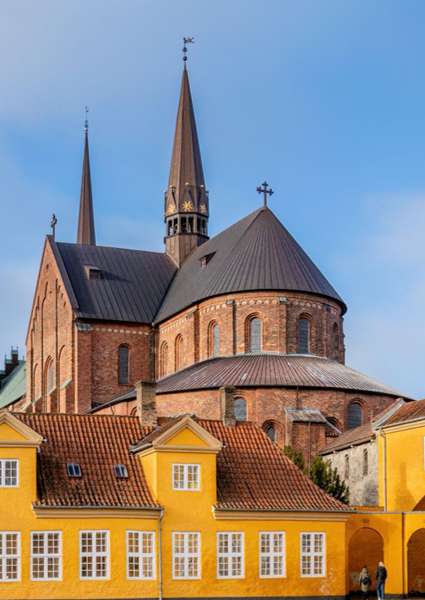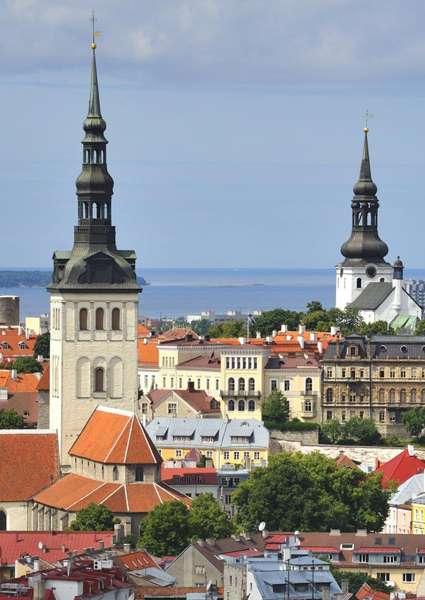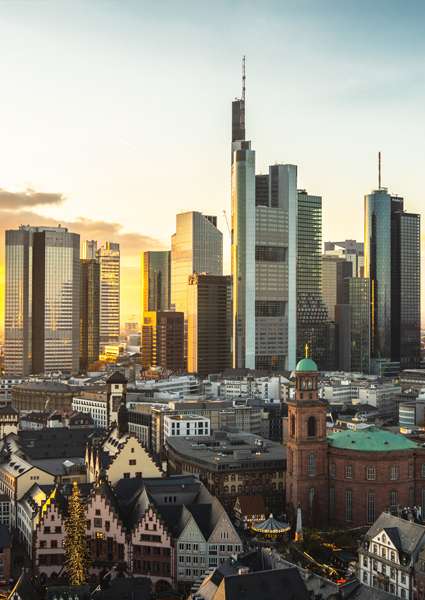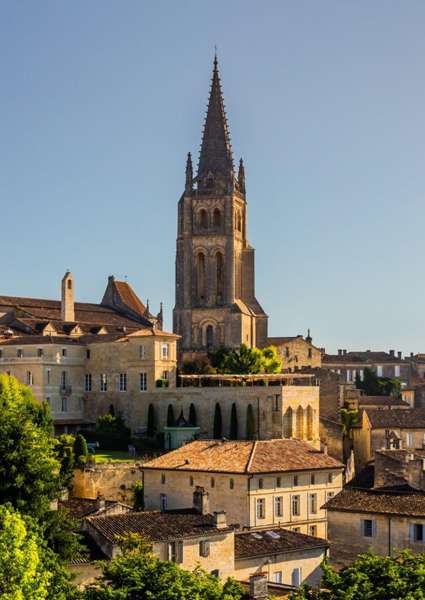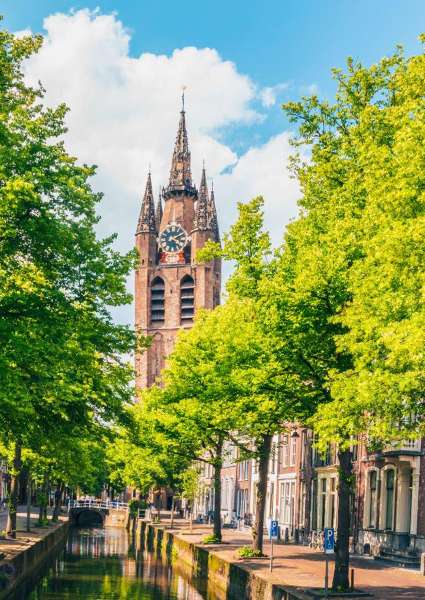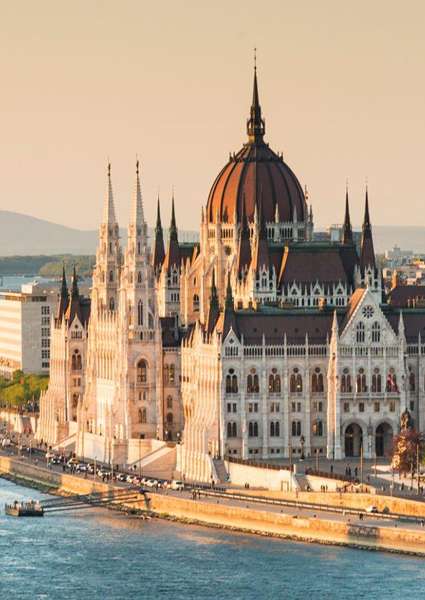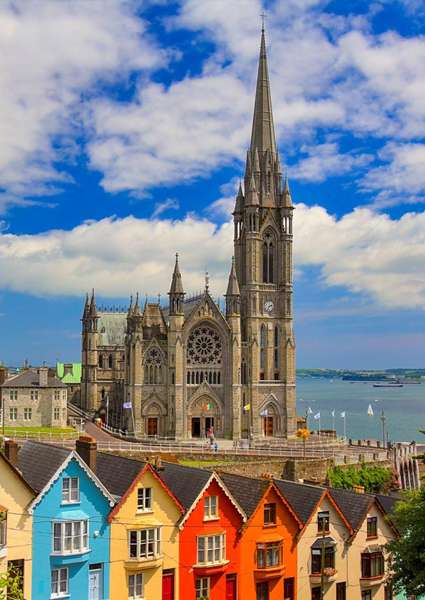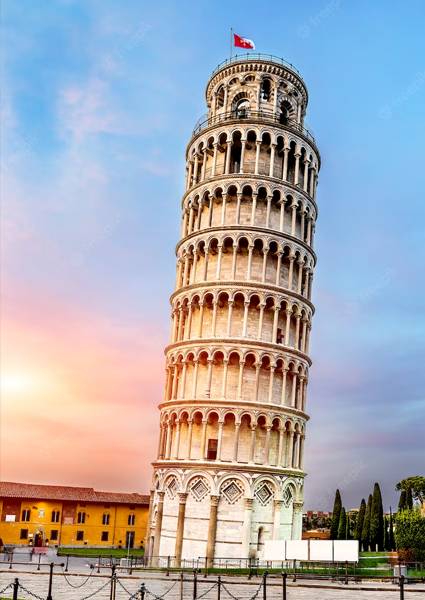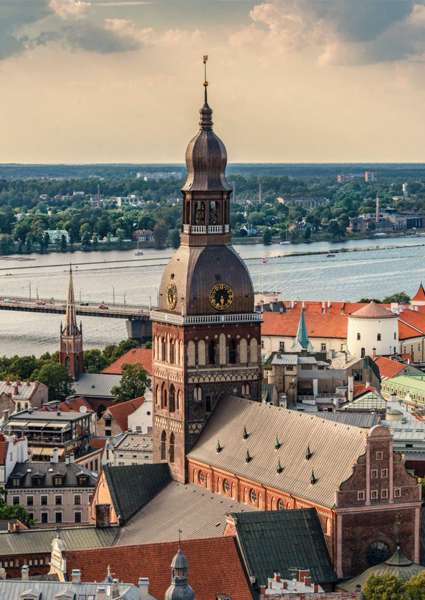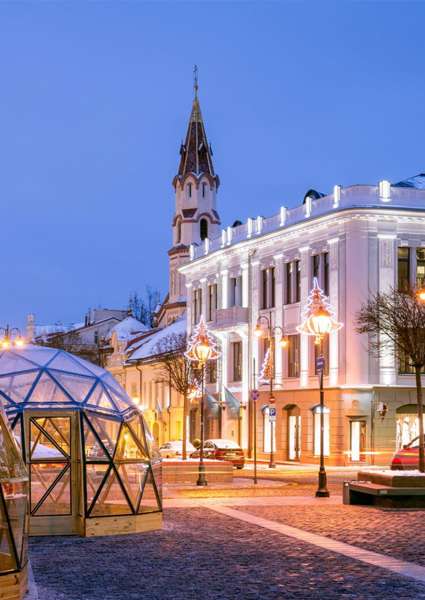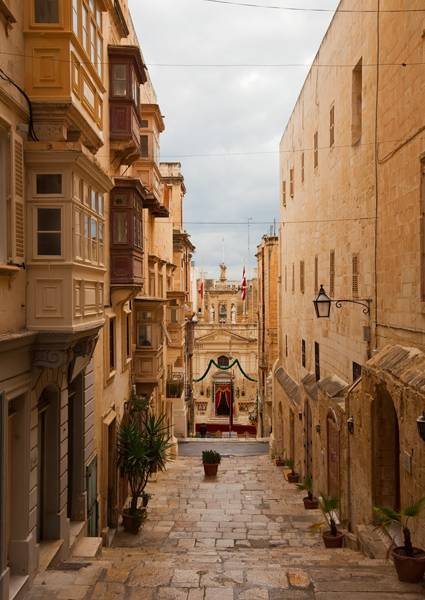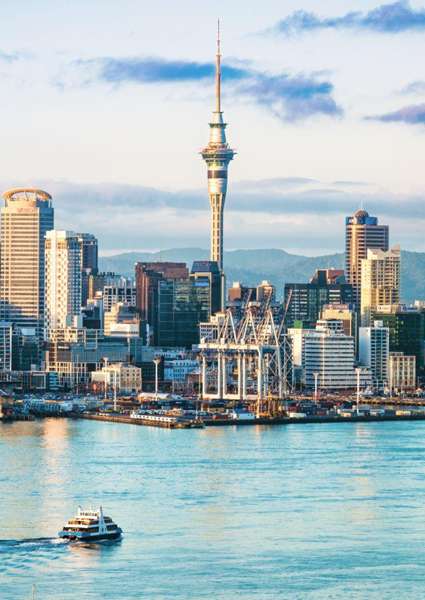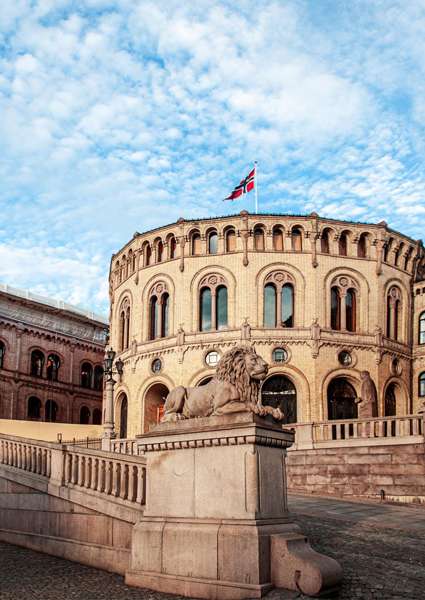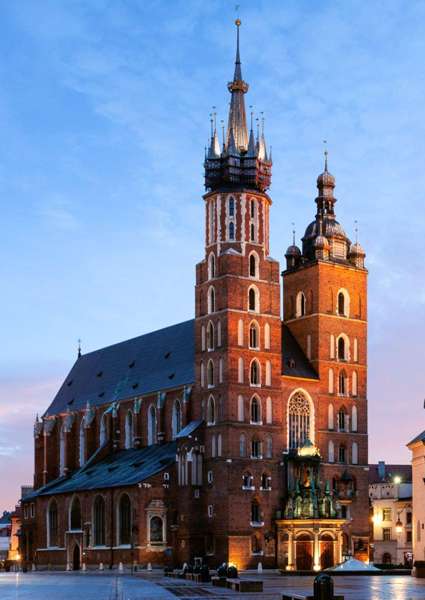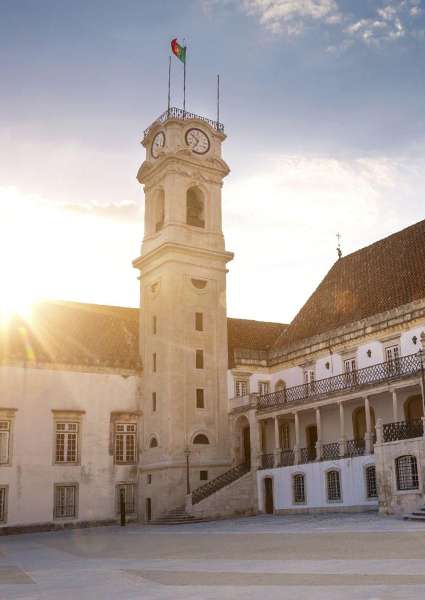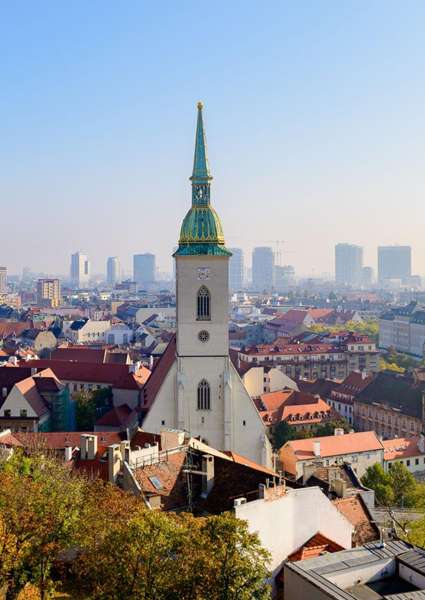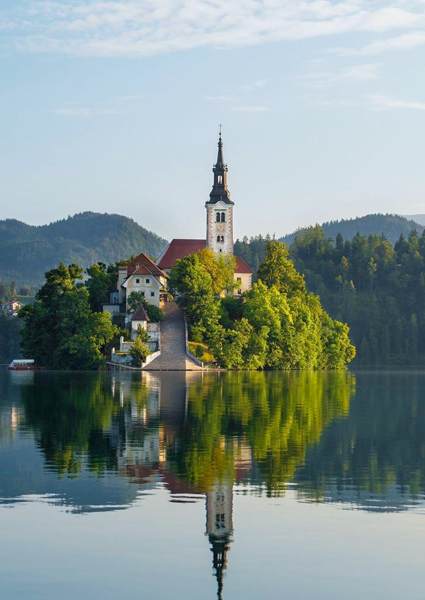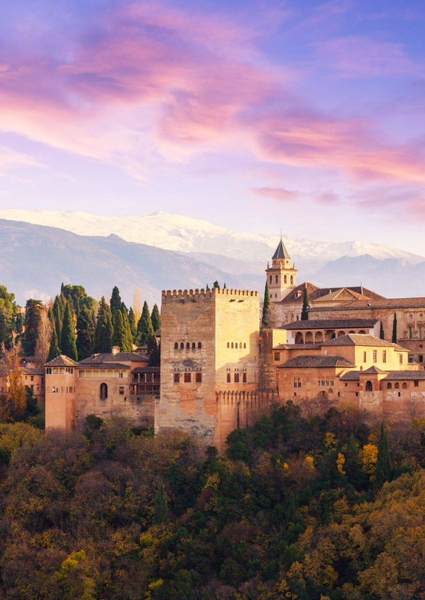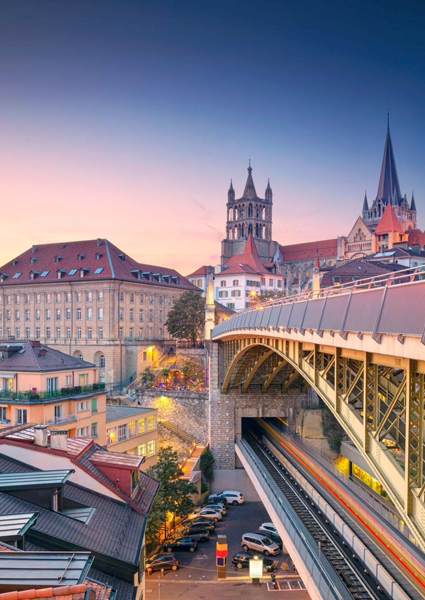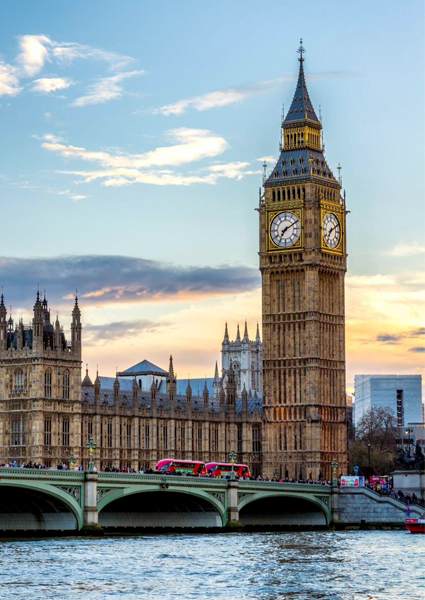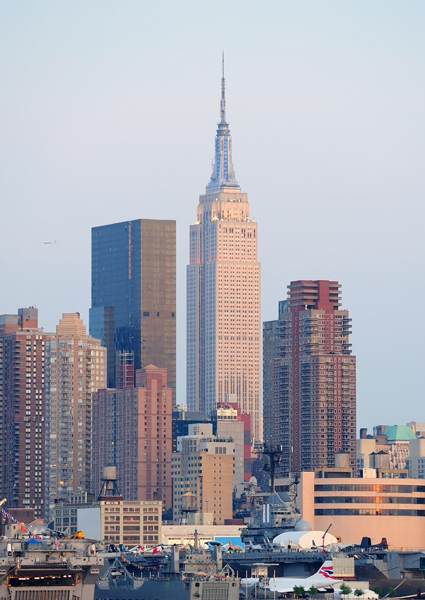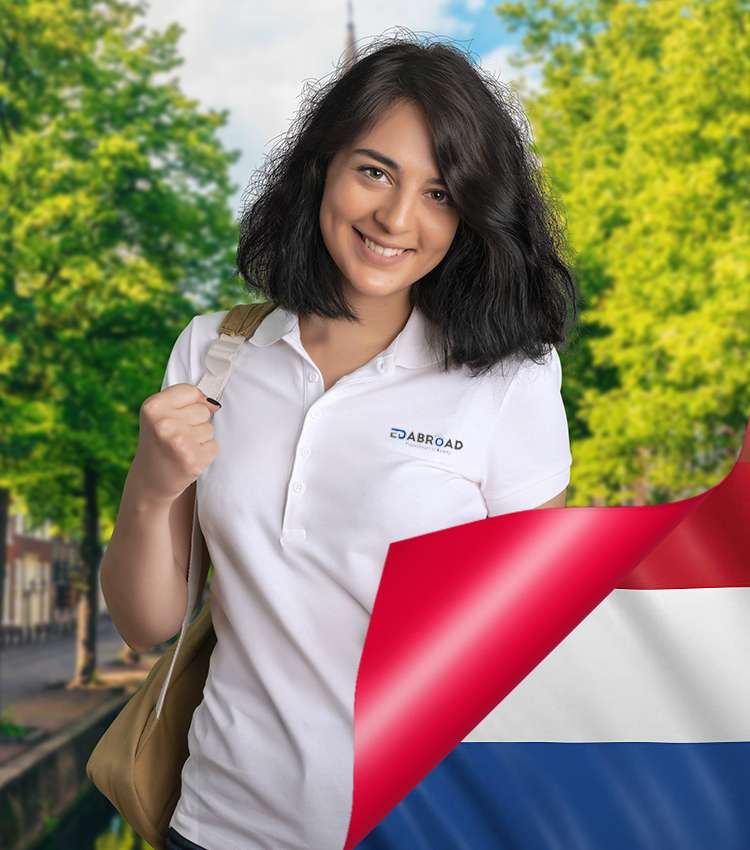
About Holland
Holland, officially called the Kingdom of the Netherlands, is a small country located in northwestern Europe, bordering the North Sea. It’s part of the Low Countries, or Benelux region, along with Belgium and Luxembourg. The country is known for its flat landscape of canals, tulip fields, windmills, and cycling routes. Amsterdam is the official capital, while The Hague is the seat of government. Other major cities include Rotterdam, Utrecht, and Eindhoven. Its iconic windmills, which were built in the Middle Ages, are a major symbol of the country. In addition, it is also home to some of the most innovative businesses in Europe, including Royal Dutch Shell, Philips Electronics, and Heineken.
We are available at +919037900880 during regular business hours contact our support team which are available 24/7 and will reply asap.
Dutch people are generally passionate about the arts and literature. There are numerous art galleries, museums, and literary events throughout the year. Holland is also known for its vibrant nightlife and music scene. Its café culture, combined with its rich history and diverse landscape, make it an attractive destination for tourists from around the world.
Undoubtedly, choosing to pursue a study in Holland opens doors to a brighter future. If you aspire to study in this vibrant and academically renowned destination, look no further than Edabroad, the leading educational consultant in Kerala. We specialize in providing comprehensive assistance to students, helping them enhance their academic profiles and secure admission to recognized universities in Holland.
Experience
We have years of experience in this field.
On-Time Visa Approval
We are providing the process on time.
5000+ Visas!
Successfully processed more than 5000+ students
Best in class!
You will get admission to the best universities.
Fast & Efficient.
Streamlining the workflow process for maximum efficiency.
Cost-Effective
We have resources that fit your needs and budget.
- High Quality Education
- High Standard of Living
- Easy Admission Process
- High Visa Success ratio
- IELTS not mandatory
- Large number of programs offered in English language
- Schengen Group country
- University of Twente
- Radbound University
- VU University
- Wittenborg University of Applied Science
- Hague University of Applied Science
- Webster University
- Fontys University of Applied Science
- Valid Passport
- Recently taken Passport-Size Colour Photos
- Visa Application Form
- Offer Letter from the College.
- Confirmation Letter from the College
- Document Confirming the Proof of Accommodation.
- Air Ticket Reservation
- A Travel Health Insurance for the Whole Period of Stay.
- All Educational Documents (Need to do the Apostle)
- Work Experience Document, if any.
- Sufficient Means of Support
- VISA Fees
BACHELORS/ MASTERS IN ALL STREAMS
Embassy in New Delhi :
Address: 6/50 F Shantipath, Chanakyapuri, New Delhi, Delhi 110021
Phone: 011 2419 7600






We at EdAbroad make your life easy in choosing the right course to get you admission to the best college. Feel free to contact us to know how we can help.
Office Location
61/652 c, Karithala Rd,
Near Manorama Jn., Kochi-16
Phone Number
+91 9037900880
Send a Message
Edabroad is a leading study abroad consultant in Kochi as well as Kerala, partnered with more than one hundred World Ranking Universities
We are serving almost 30+ Courtiers | Get Started!
We are available at +919037900880 during regular business hours contact our support team which are available 24/7 and will reply asap.

